
- Share this page
Share this page
- EN
Select Language
- FAVORITES
- Search
Detailed search: You can do a detailed search by keyword, genre, time, area and tag.
Main content starts here.
- Visit Tokyo |
- EXPERIENCES |
- Getting Around |
- Weather, Geography
Updated: September 2, 2025
Weather, Geography
Spring (March – May)
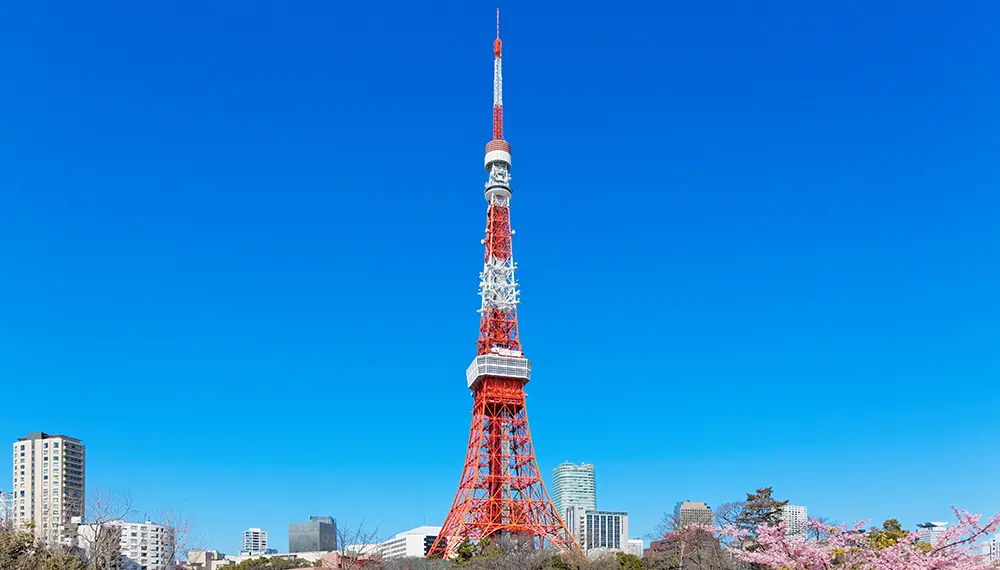
Early spring is still chilly so bring a coat or fleece to keep out the cold. By the time May comes around however, the first greens start to sprout and most days are comfortably warm enough to spend in short sleeves. Although temperatures drop in the morning and evening, the cool, fine daytime weather is perfect for outdoor activity, so it's a great season for you to get out and explore. Make sure to bring layers so you can be cool when it's warm and sunny, and warm if a chill comes through.
Summer (June – August)
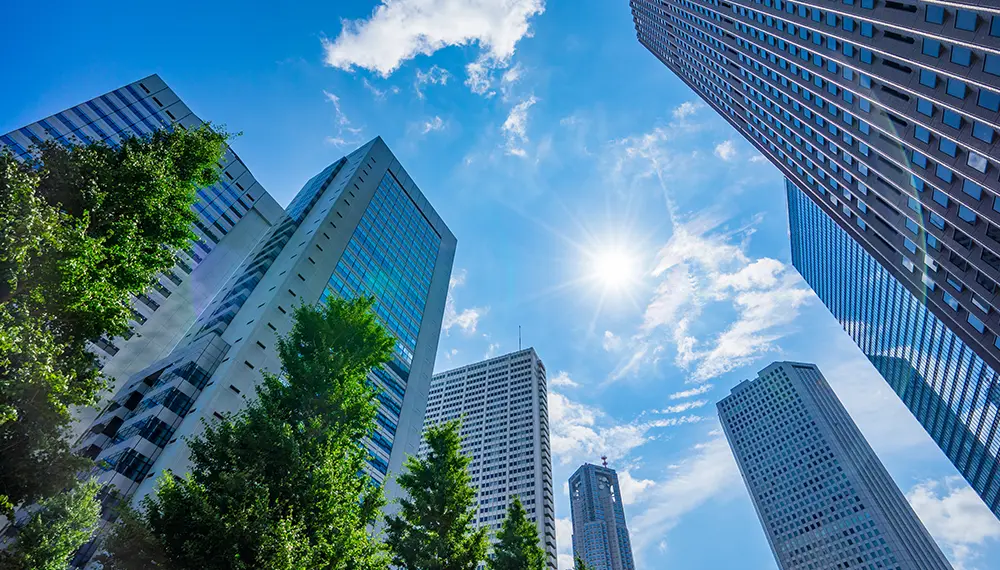
June to mid-July can be a wet and humid time of year as the rainy season sweeps into Tokyo, with humidity often staying above 80%, it can be stifling. Think relentless drizzle rather than monsoon. A rain jacket could be a good idea, but ensure it's breathable. A heavy coat will make the humidity feel more oppressive. If you're going to be doing a lot of walking around Tokyo in the rainy season, or perhaps even hiking or camping in the Okutama area of far western Tokyo, waterproof shoes would also be smart. Many Japanese people will carry an umbrella with them during this season. Be aware that convenience stores sell affordable umbrellas.
Once the rain breaks, the summer gets going with intense heat and high humidity. The mercury can rise above 35 degrees so it is important to keep hydrated and well-rested. The temperature seldom drops below 25 degrees even after sunset, so expect long, hot summer nights. Many Japanese people will carry a hand fan to fend off the heat or a parasol to block out the sun—both effective techniques. Summer is the time for light, comfortable attire, but if you want to blend in with the locals, avoid wearing anything too revealing.
Sudden rain can come out of nowhere in the summer. Evening showers, or yudachi, generally happen in the afternoon or evening. A great deal of rain falls in a short amount of time. Torrential downpours are hard to predict, and are a phenomenon where a lot of rain falls heavily in a very localized area. If this happens during your visit, evacuate to a safe area, and wait until the rain passes.
Typhoon season begins in August in Tokyo. These bring strong winds and heavy rain, which can affect traffic and public transport. Keep an eye on weather reports while you travel, and be prepared to evacuate to a safe area.
Beating the Heat
Finally, the importance of staying cool cannot be stressed enough. Heat stroke is a real risk. Before you start feeling feverish or lightheaded, drink plenty of water, replenish sodium and get out of the sun and take a break frequently. Check out this site for more details.
Autumn (September – November)
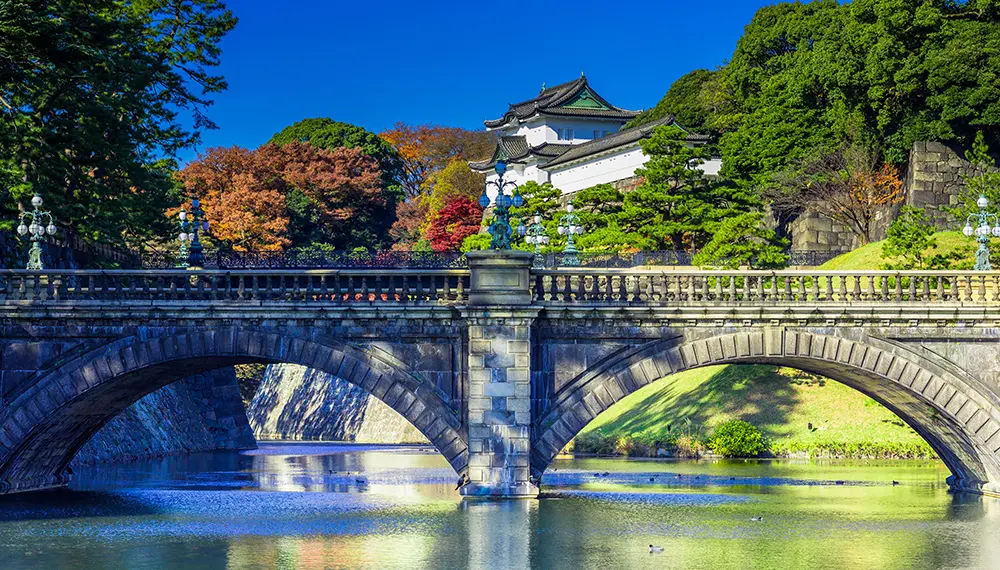
Heat exceeding 30 degrees can linger into September, and this time of year is punctuated by typhoons, meaning that travel and outdoor events can be disrupted. However, the temperature and humidity gradually drops ushering in gloriously crisp and comfortable autumn. Around late October, the leaves start to turn from green to vibrant red, yellow and orange in the Okutama area, then spreading throughout the rest of Tokyo. Tokyo Amesh charts the weather in real time to help you plan your activities accordingly. As with spring, layering is key. On an early November day, you might even be comfortable in a T-shirt—but there's a good chance you'll want a sweater with a jacket over it.
Winter (December – February)
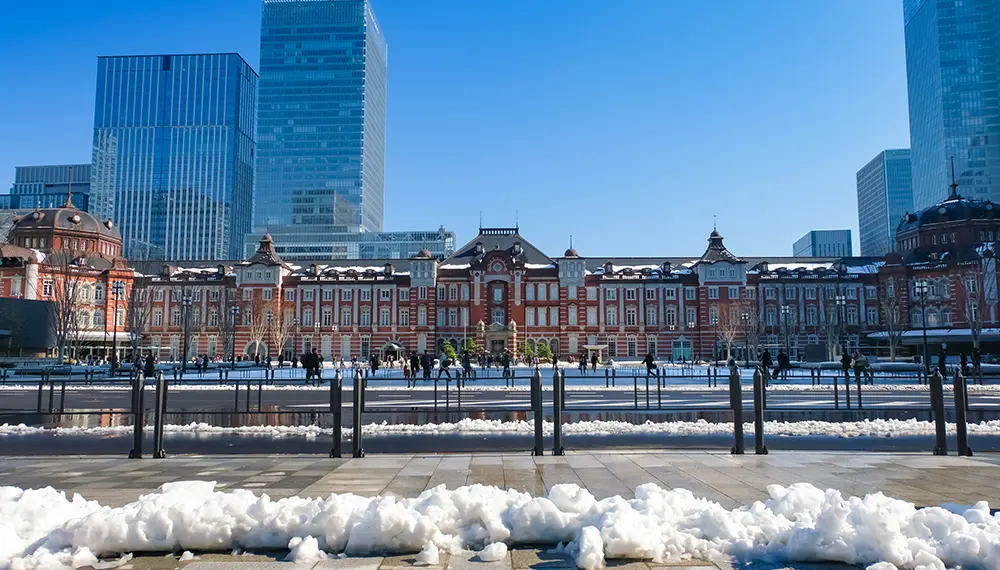
The weather remains autumnal throughout most of December, with the real cold only kicking in in January. The temperature rarely drops below 0 but tends to remain between one and ten degrees. The days are short—twilight is around 4:30 p.m.—and snow is a possibility if not an inevitability. If you'll be in Tokyo in January or February, pack some sweaters, a coat (perhaps a wool coat or a light down jacket), and accessories like gloves, scarves, and a winter hat. Heavier winter wear will probably not be necessary, unless you are planning to spend a lot of time outdoors in a more rural part of Okutama/western Tokyo. If you are looking for a warm Tokyo winter, the Ogasawara Islands—technically Tokyo's domain—remain above 15 degrees even in the coldest months. (That means that, for the rest of the year in the Ogasawaras, you'll be fine with short sleeves and maybe a light jacket.)
Annual Temperature and Precipitation for Tokyo
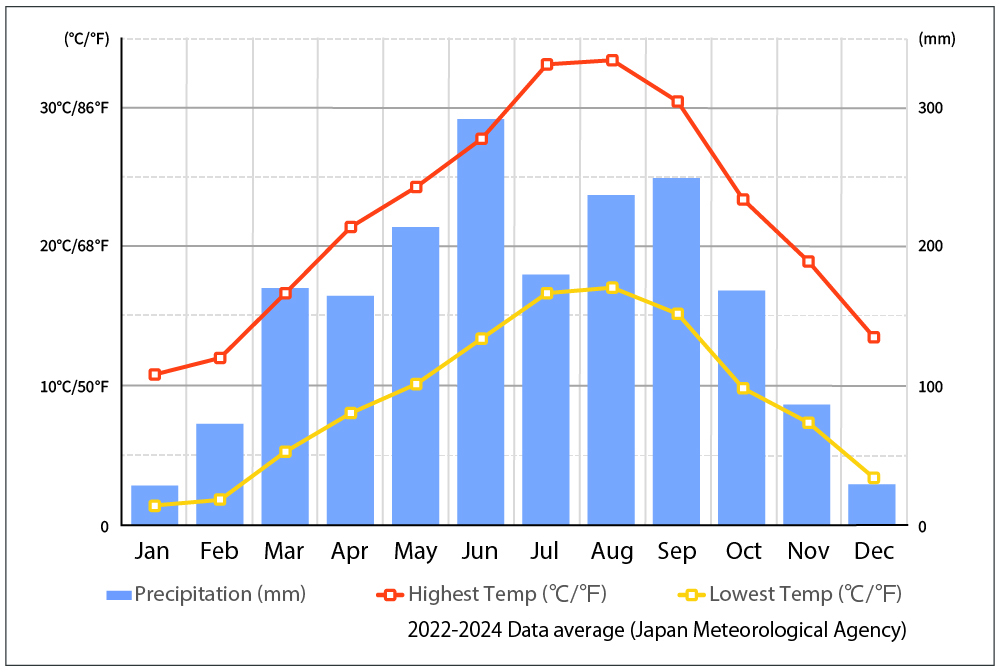
Annual Temperature and Precipitation for the Tama Area
The Tama area, on the western side of the metropolis, is slightly cooler than central Tokyo. During August, Japan’s warmest month of the year, the highest temperature is 32°C on average. January is the coldest, with average highs of 10°C on average. Rainfall is as frequent as other areas of Tokyo, with precipitation even during the driest month.
Annual Temperature and Precipitation for Izu/Ogasawara Islands
The Izu Islands stretch to the south of mainland Tokyo, with their climate getting warmer as they go. The average high temperatures of Izu Oshima, the closest island to Tokyo, are 31–32°C in August and 12°C in January. Hachijojima, which is further south, has average high of 31–32°C in August and 13°C in January. There is rain throughout the year, but June, September and October are the wettest months.
The Ogasawara Islands are even further to the south. Their climate is consistently warm, with average high temperatures of 30°C in August and 22°C in February. However, strong winds between January and March mean that a jacket is advisable at those times. There is less precipitation than the mainland, although there are rainy days in every month of the year. The islands are sometimes affected by typhoons.